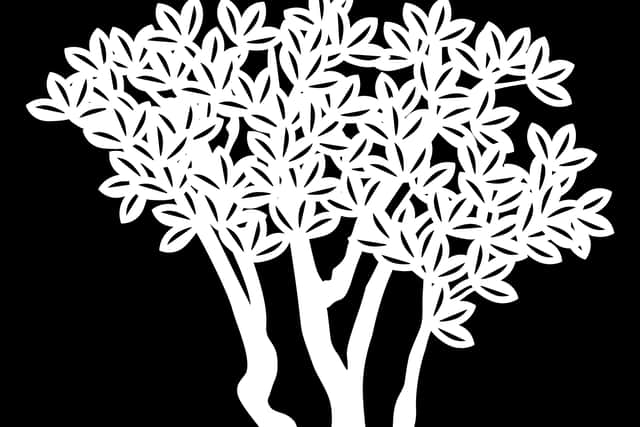What do you see? Clever optical illusion reveals how you react to others based on what you see first
and live on Freeview channel 276
Optical illusions are a fun way to test your powers of perception and how you see an image is said to say a lot about your personality.
Some illusions are very complex and comprise multiple different images in one, while others can be seen in one of two ways.
Advertisement
Hide AdAdvertisement
Hide AdResearch suggests the faster you can switch between two images the faster your brain works, with those who can do this at speed said to be more creative.
Creative people are supposedly more right-brained and tend to be more intuitive and visual, while those who are left-brained are more logical and analytical thinkers.
But optical illusions can say a lot more than how we think, with the images supposedly revealing hidden aspects about our personalities - including how we react to other people.
What do you see?


This optical illusion shared on TikTok by ItsMe.Fuzz has left people baffled as viewers can see two very different things.
Advertisement
Hide AdAdvertisement
Hide AdSome people will see a tree outlined in white at first glance, while others see the silhouettes of two people looking at each other.
What does the image mean?
The tree
If you saw the tree first, it supposedly means that you have a very high attention to detail, and you are a natural at reading other people’s moods.
This suggests you are good at handling emotions and very intuitive.
The faces
If you saw the faces of the two people first, it means that you are much better at dealing with people and staying calm in situations.
Advertisement
Hide AdAdvertisement
Hide AdYou have a strong ability to make people feel comfortable and put them at ease, and are able to reason well with others, even if they feel agitated or nervous.
People who can see the faces are more likely to be calm and rational people, and are good at staying level-headed.
What if I can see both?
Some people will be able to switch between the images at speed and those who can supposedly have a greater sense of creativity than most.
A similar illusion of a rabbit and a duck has been used by American psychologist Joseph Jastrow in 1899 who believed that the mental processing of images was central to interpretation of the world.
Advertisement
Hide AdAdvertisement
Hide AdHe used the illusion to demonstrate that what people see also depends on their emotional state and their surroundings.
Mr Jastrow’s research was based on how quickly the second animal in the image can be seen, and how fast participants could change their perception of the drawing to switch between the duck and the rabbit.
The result of the test also appeared to change depending on the time of year, with people being more likely to see the rabbit first during the Easter period, while the duck is more common in October.
After being used by Mr Jastrow, the sketch was made famous by Ludwig Wittgenstein who included it in his Philosophical Investigations to describe different ways of seeing.
Advertisement
Hide AdAdvertisement
Hide AdThe illusion was later used in a 2011 study published in the British Journal of Psychology which assessed participants’ creative ability, and the ease at which they could perceive alternative interpretations of the rabbit-duck figure.
Researchers asked participants to consider everyday objects and list as many uses for them as they could in two minutes. They were then shown the rabbit-duck illusion and asked which animal they saw. Researchers then recorded how long it took those who could see both to flip between the two animals.
The results confirmed the theory that those who could switch between the rabbit and the duck the fastest were also able to find an average of three more uses for the everyday objects, compared to those who had difficulty seeing both.
Comment Guidelines
National World encourages reader discussion on our stories. User feedback, insights and back-and-forth exchanges add a rich layer of context to reporting. Please review our Community Guidelines before commenting.
